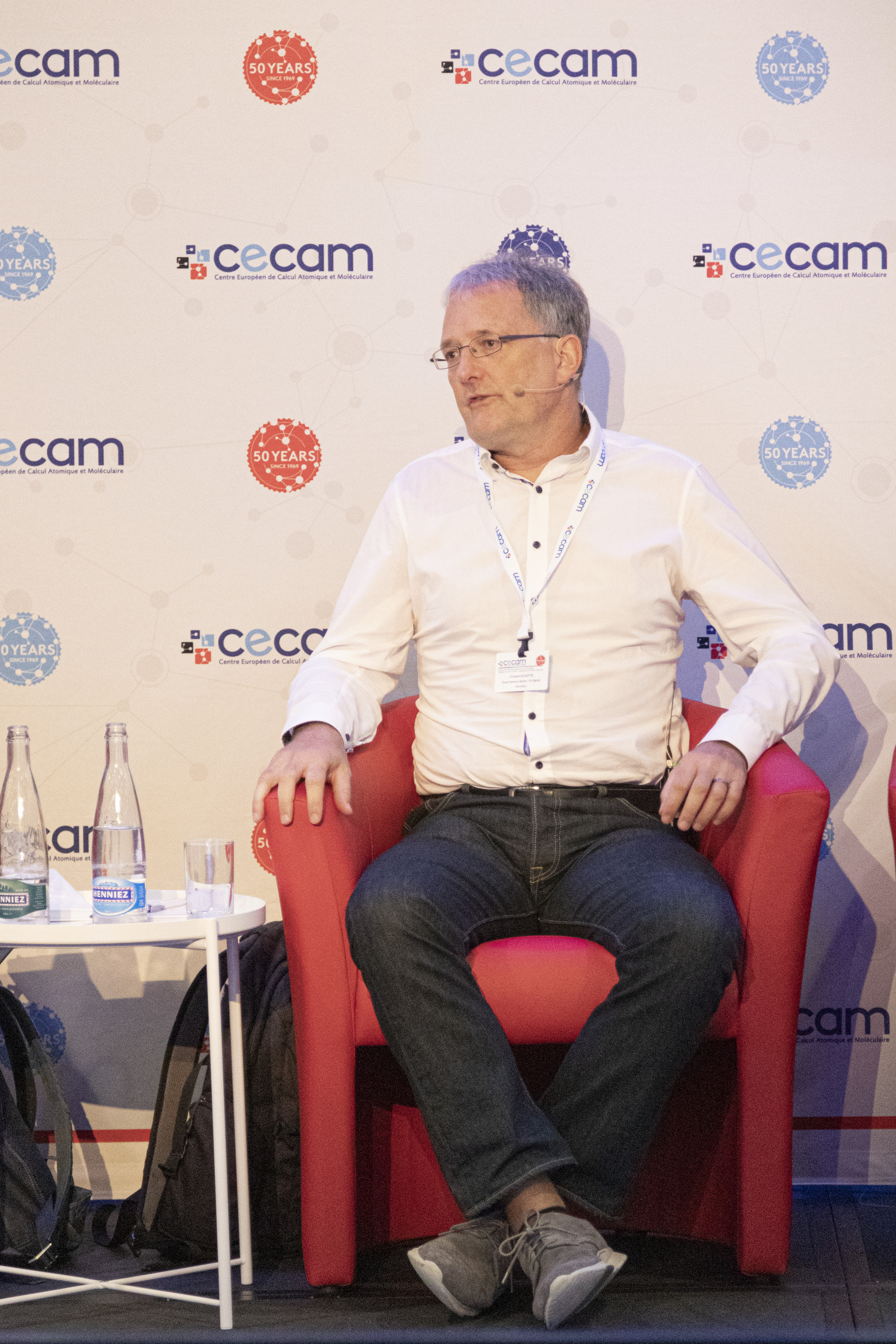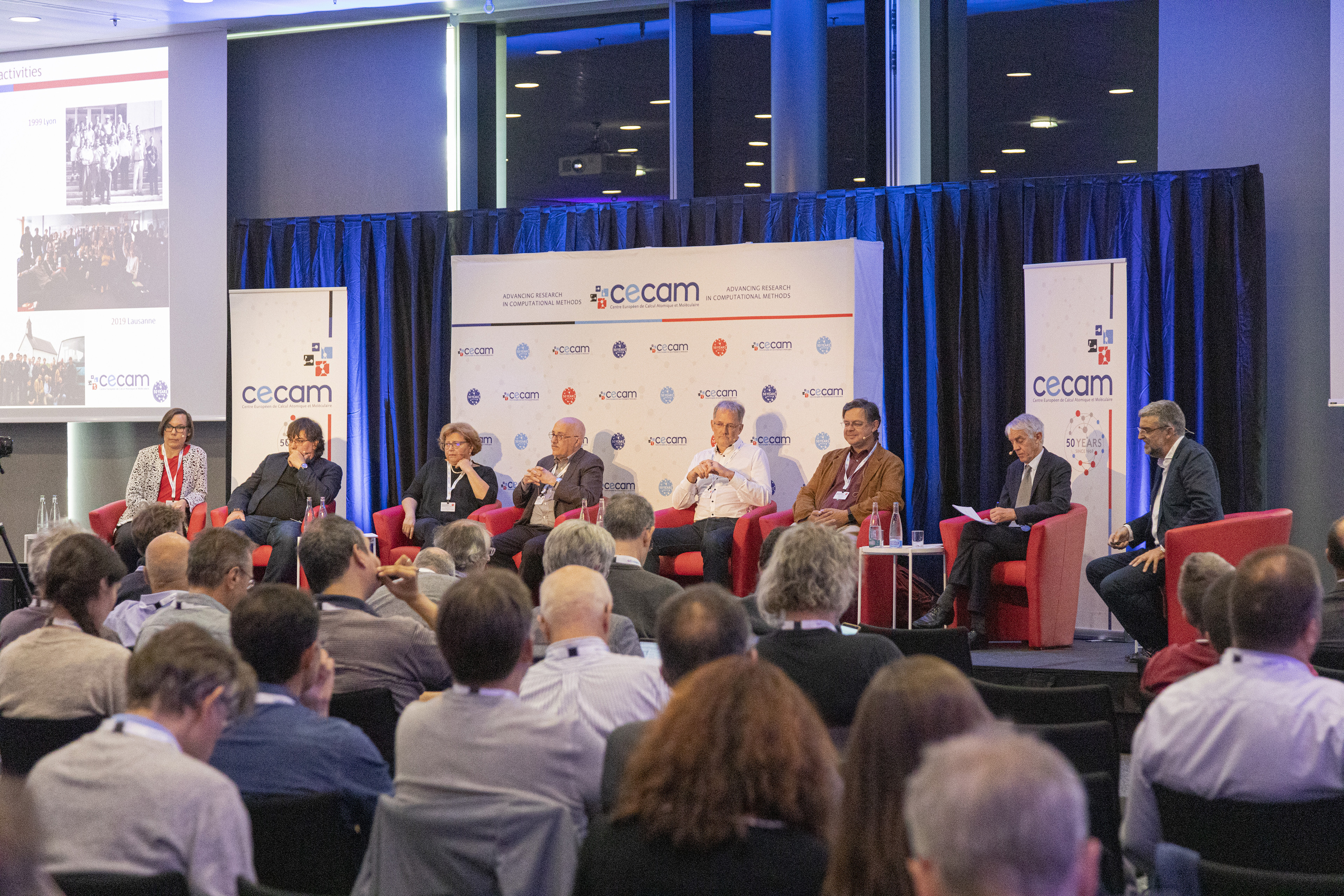Computational Molecular Design: Mathematical Theory, High Performance Computing, In Vivo Experiments
Christof Schuette, Freie Universitaet Berlin
CECAM EPFL Lecture Lausanne May 25 2016
Christof Schuette is the President of the Zuse Institute and the Head of the Biocomputing Group at the Freie Universitaet in Berlin. His research interests focus on applied mathematics and scientific computing for complex systems with applications in a broad range of topics such as multiscale modelling and simulation for complex systems, numerical mathematics, data-driven modelling and statistical learning with applications in the natural, materials and life sciences.
In 2015, CECAM initiated a series of lectures to highlight interesting developments in different areas of computational science. Each year, keynote speakers are invited to present their recent work. The lectures are held in the EPFL campus with the goal to enhance the opportunities for scientific exchange offered by CECAM’s workshop and conference program by sharing some of its most exciting topics with the broader EPFL community. This lecture series later became part of a collaboration with the MARVEL NCCR and is still running periodically. The material is available on the CECAM website to provide researches in our broad community with a long-term opportunity to access them.
In May 2016, we had the pleasure to host Prof. Christof Schuette who delivered the third of these lectures. We hope that you will enjoy this, still relevant, contribution to the field of computational molecular design.
COMPUTATIONAL MOLECULAR DESIGN: MATHEMATICAL THEORY, HIGH PERFORMAMCE COMPUTING, IN VIVO EXPERIMENTS
Molecular dynamics and related computational methods enable the description of biological systems with all-atom detail. However, these approaches are limited regarding simulation times and system sizes. A systematic way to bridge the micro-macro scale range between molecular dynamics and experiments is to apply coarse-graining (CG) techniques. We will discuss Markov State Modelling, a CG technique that has attracted a lot of attention in physical chemistry, biophysics, and computational biology in recent years. First, the key ideas of the mathematical theory and its algorithmic realization will be explained, next we will discuss the question of how to apply it to understanding ligand-receptor binding, and last, we will ask whether this may help in designing ligands with prescribed function. All of this will be illustrated by telling the story of the design process of a pain relief drug without concealing the potential pitfalls and obstacles.

 About
About


